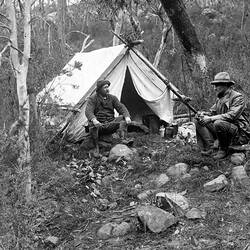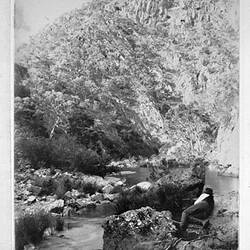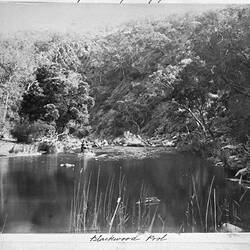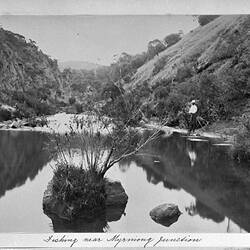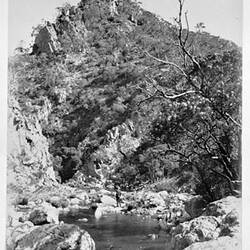The club was the inspiration of Ludovico Hart, the instructor of photography at the Working Men's College. The identity of the first president is not known, but he was probably the director of the college, Professor W.C. Kernot. The club provided a meeting place where students and graduates of the college could pursue the art and practice of photography, and in admitting women it was advanced for its time. After a few years the restriction on membership was removed and the club became perhaps the liveliest photographic club in Australia. Lectures on new photographic techniques and discussions on the art of photography were well attended and a darkroom was available. In those days the meetings were often enlivened with songs, piano recitals and recitations. The club was also involved in sponsoring intercolonial (i.e. interstate and New Zealand) exhibitions and competitions. In 1901 the much loved and respected Hart retired to Hawaii. The club continued to prosper: members entered overseas exhibitions and were pleased to find that their work compared well with that of workers in other countries. The 1914-1918 war caused much disruption to club activities. Those not serving in the armed forces were involved in the Snapshots from Home League, putting in an immense effort in attending the homes of soldiers to take photographs of their loved ones, then processing the pictures to be sent abroad.
Because indoor gatherings were prohibited during the influenza epidemic of 1919, the club was obliged to continue its activities with outdoor meetings and excursions. When that emergency had passed attention turned to the future. As the college had closed the photographic department, it had become evident that separation from the college was inevitable and that this would entail a change of name.
The club changed its name to the Melbourne Camera Club in the second half of 1919 and is still thriving today.
More Information
-
Keywords
-
Authors
-
Contributors
-
Article types

